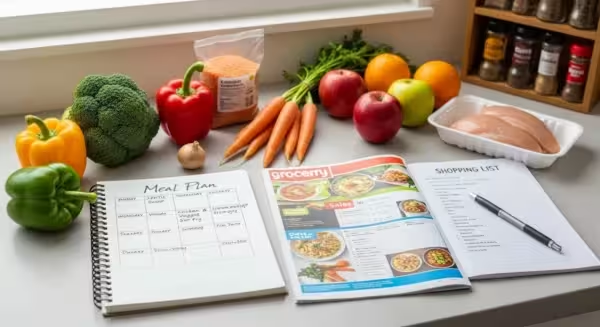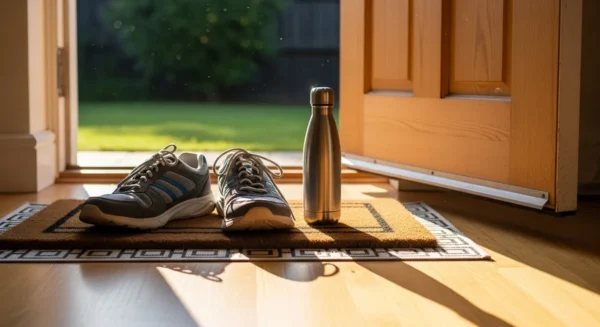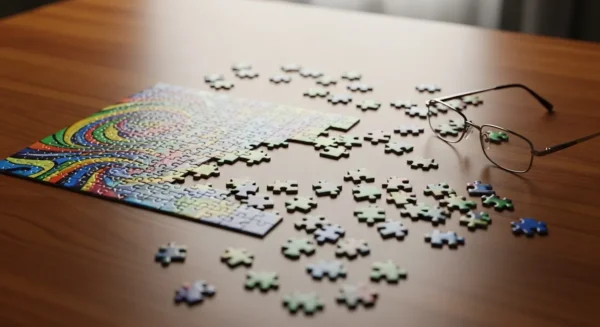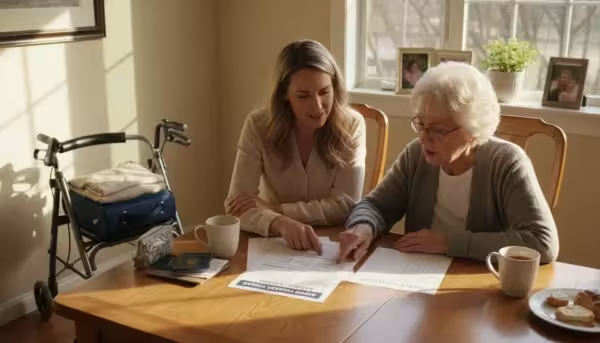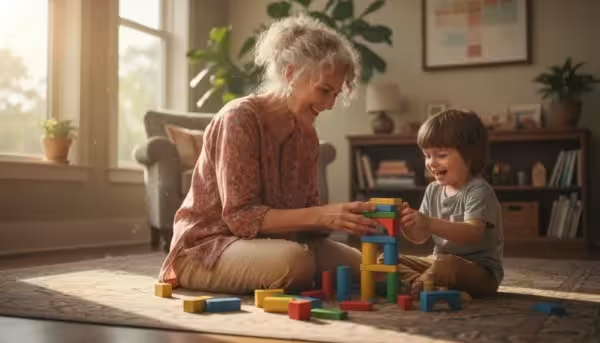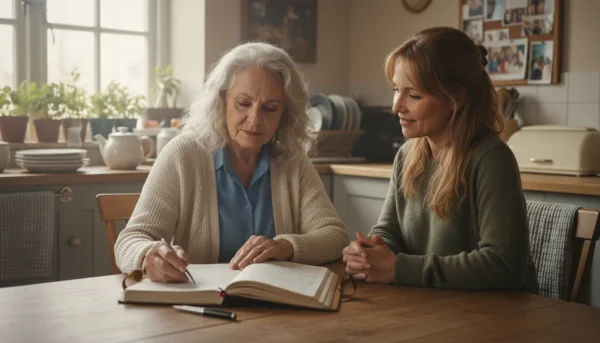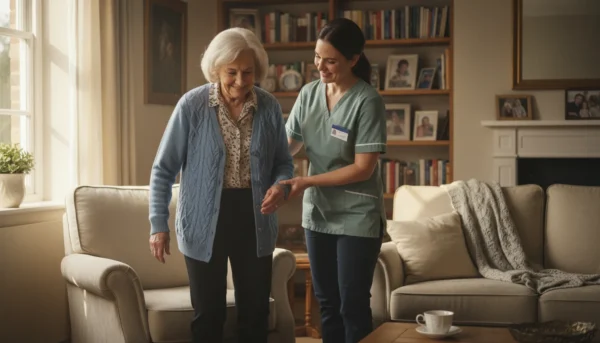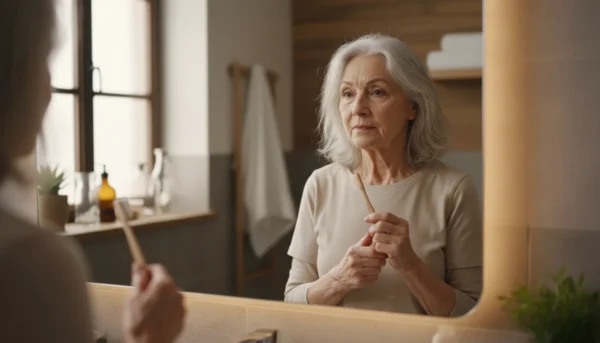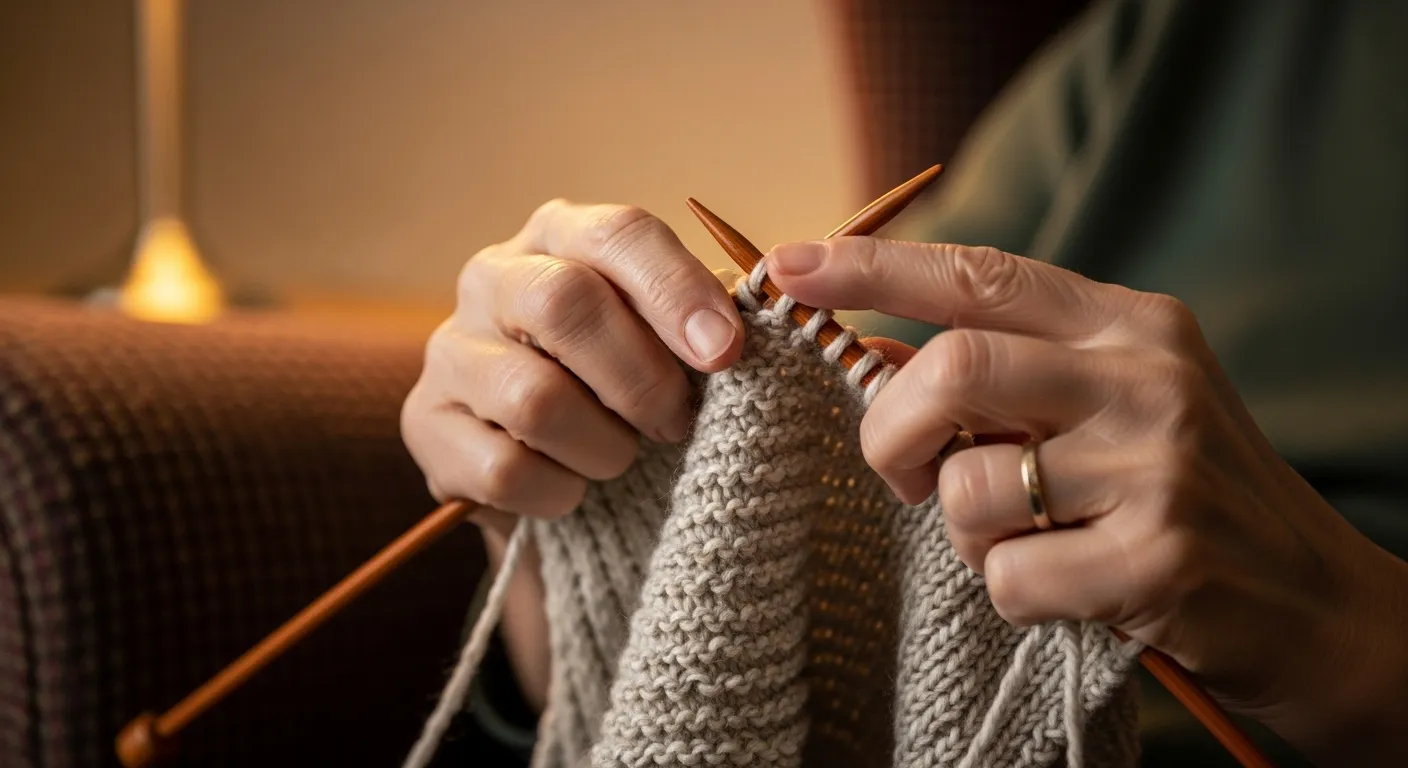
A Step-by-Step Guide to a Safer Home: The Ultimate Checklist
Let’s walk through your home, room by room, to identify areas where we can make simple but effective safety improvements. Use this as a checklist you can print out and review in your own space. Involve a family member or friend to get a second pair of eyes on potential hazards.
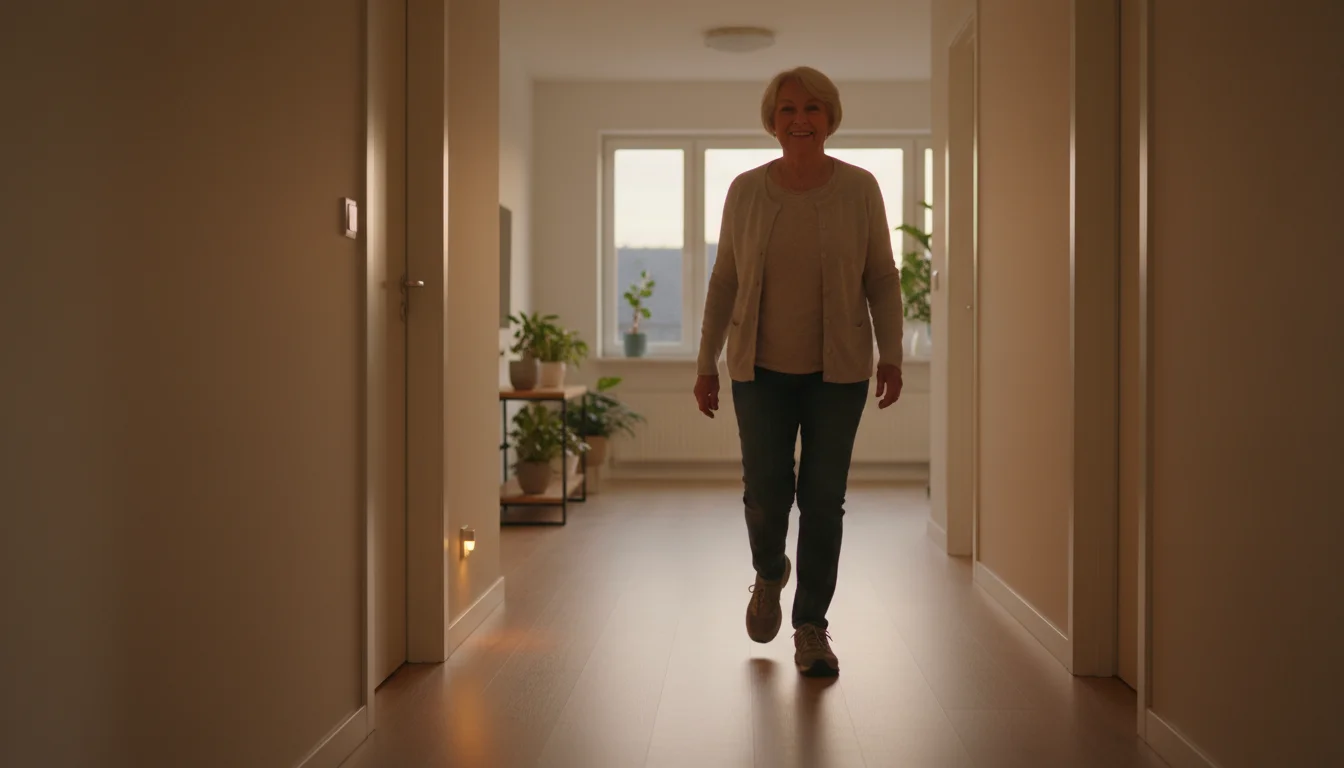
Throughout the Entire Home: Universal Safety Tips
- Improve Lighting: Ensure every room, hallway, and staircase is well-lit. Use the highest wattage bulbs recommended for your fixtures. Place nightlights in hallways, bedrooms, and bathrooms for safe navigation at night. Make sure light switches are easily accessible at the entrance to every room.
- Clear the Pathways: Keep all walkways free of clutter. Remove stacks of newspapers, boxes, and other items from the floor. Arrange furniture so that you have a clear and wide path to walk through every room.
- Secure Cords and Wires: Tape electrical cords and phone lines along the wall or use cord covers. Never run cords under rugs, as this can create both a tripping hazard and a fire risk.
- Check Your Footwear: Wear supportive, well-fitting shoes with non-skid soles, even inside the house. Avoid walking in socks, loose slippers, or high heels, which can easily slip on smooth surfaces.
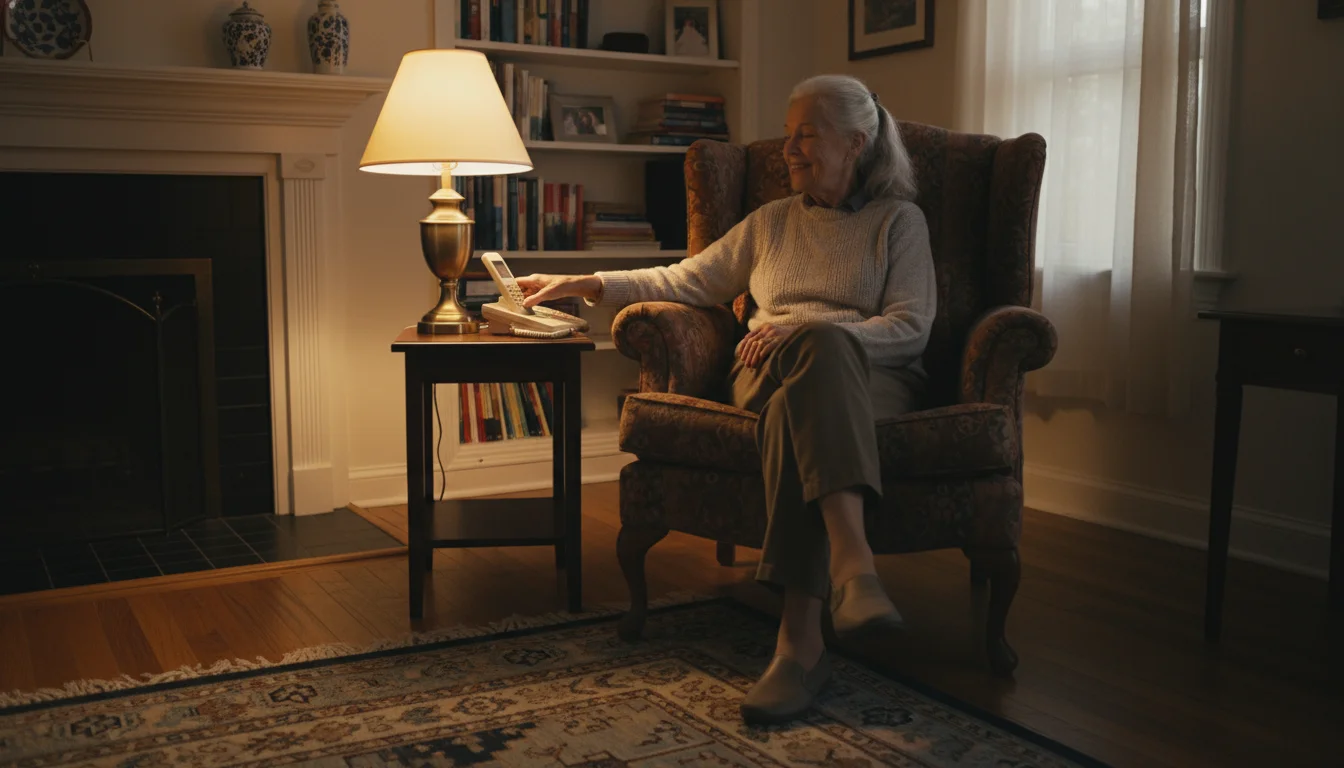
The Living Room and Bedroom: Your Areas of Rest
These rooms are where you relax, so they should be designed for comfort and safety. A few adjustments can make a significant difference in fall prevention.
- Secure All Rugs: Remove small throw rugs if possible. If you wish to keep them, ensure they have a non-slip backing or secure them to the floor with double-sided carpet tape. Check the edges of larger area rugs to make sure they are not curled up.
- Arrange Furniture Wisely: Make sure chairs and sofas are at a height that is easy to get in and out of. If they are too low, consider using seat cushions or furniture risers. Keep a sturdy table and a lamp within easy reach of your favorite chair and your bed.
- Easy Access to a Phone: Keep a phone within reach of your bed and the living room seating area. In case of an emergency, you won’t have to get up and rush to answer it or call for help. Consider a cordless phone you can carry with you or a medical alert device.
- Bed Height: Your bed should be at a height where your feet can touch the floor flat when you are sitting on the edge. If it’s too high or too low, it can be difficult to get in and out of safely.
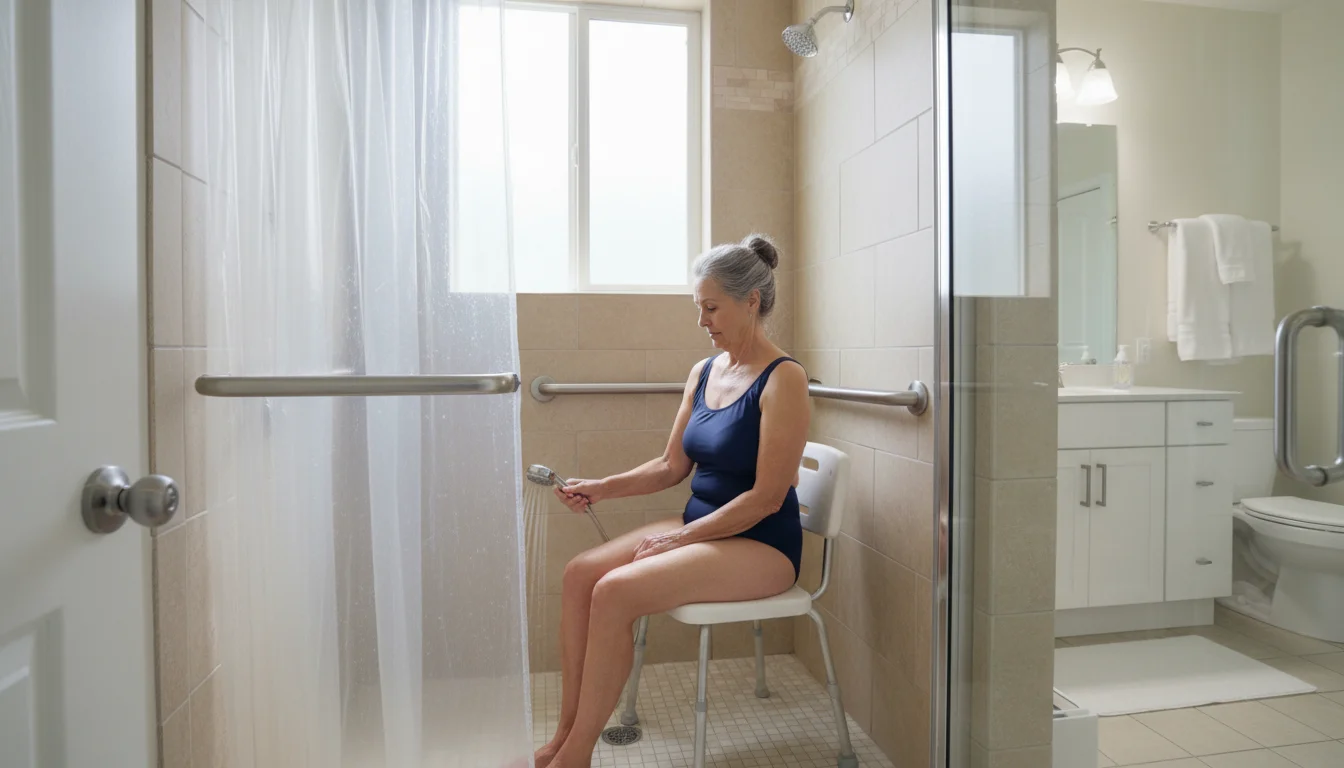
The Bathroom: The Highest-Risk Area
The combination of hard surfaces and water makes the bathroom a critical area for home safety improvements. These modifications are among the most important you can make.
- Install Grab Bars: This is non-negotiable. Install sturdy grab bars next to the toilet and inside and outside of the shower or tub. Towel racks are not designed to support your weight and should never be used for support.
- Use Non-Slip Surfaces: Place a non-slip rubber mat or self-stick adhesive strips on the floor of your tub or shower. A non-slip bath mat outside the shower is also essential for drying off safely.
- Consider a Shower Chair and Handheld Shower Head: A sturdy plastic shower chair allows you to sit while you bathe, reducing the risk of slipping. A handheld shower head makes rinsing off easier and safer while seated.
- Improve Toilet Safety: A raised toilet seat or a toilet safety frame with armrests can make it much easier and safer to sit down and stand up from the toilet.
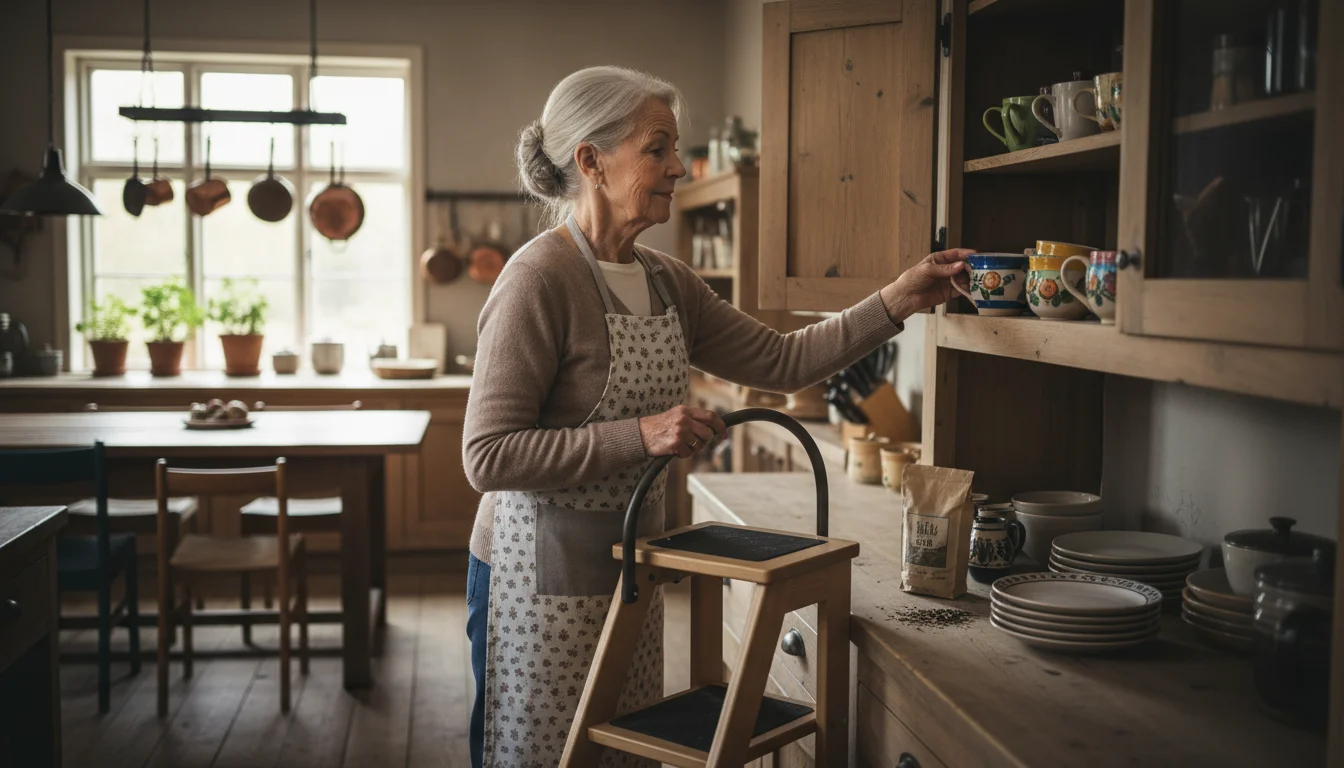
The Kitchen: The Heart of the Home
The kitchen is a hub of activity, which means there are many opportunities for accidents. Let’s make it safer.
- Clean Up Spills Immediately: Water, grease, or food on the floor can create a slick surface. Clean up any spills as soon as they happen.
- Organize for Easy Access: Store frequently used items—like dishes, glasses, and common food items—on lower shelves, between your waist and shoulder height. This prevents you from needing to reach up high or bend down low.
- Use a Safe Step Stool: If you must reach something on a high shelf, use a sturdy step stool with a handrail and wide, non-slip steps. Never use a chair, box, or other piece of furniture as a step stool.
- Watch for Slippery Floors: Be mindful that freshly mopped or waxed floors can be very slippery. Ensure the floor is completely dry before walking on it.
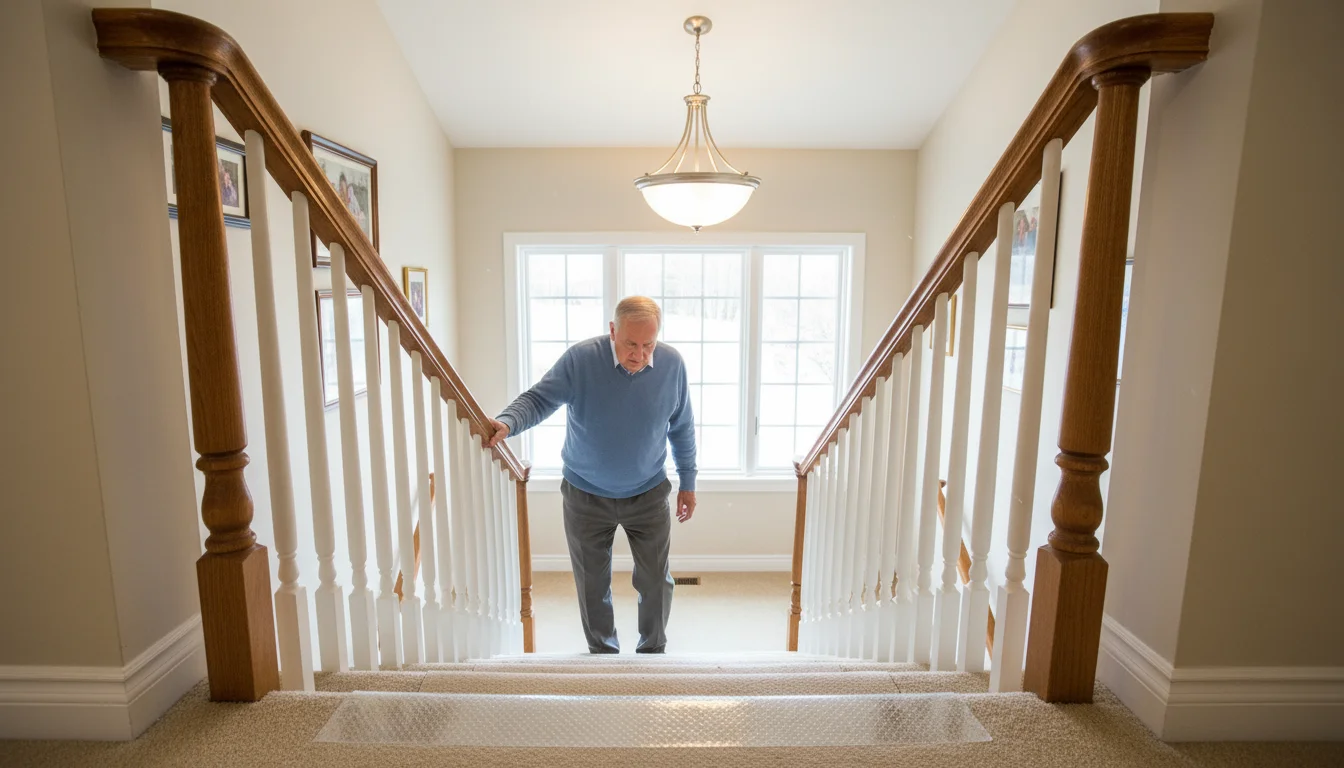
Stairs and Hallways: Your Main Thoroughfares
Navigating stairs and hallways requires clear paths and good support.
- Install Handrails on Both Sides: If you have stairs, there should be sturdy handrails on both sides, extending the full length of the staircase. Check them regularly to ensure they are secure.
- Keep Stairs Clear: Never store items on the stairs, even temporarily. Each step should be completely clear.
- Ensure Adequate Lighting: Place light switches at both the top and bottom of the stairs. The stairs themselves should be well-lit at all times, day and night.
- Mark the Steps: If the steps are hard to see, you can add brightly colored, non-slip adhesive strips to the edge of each step to make them more visible.




